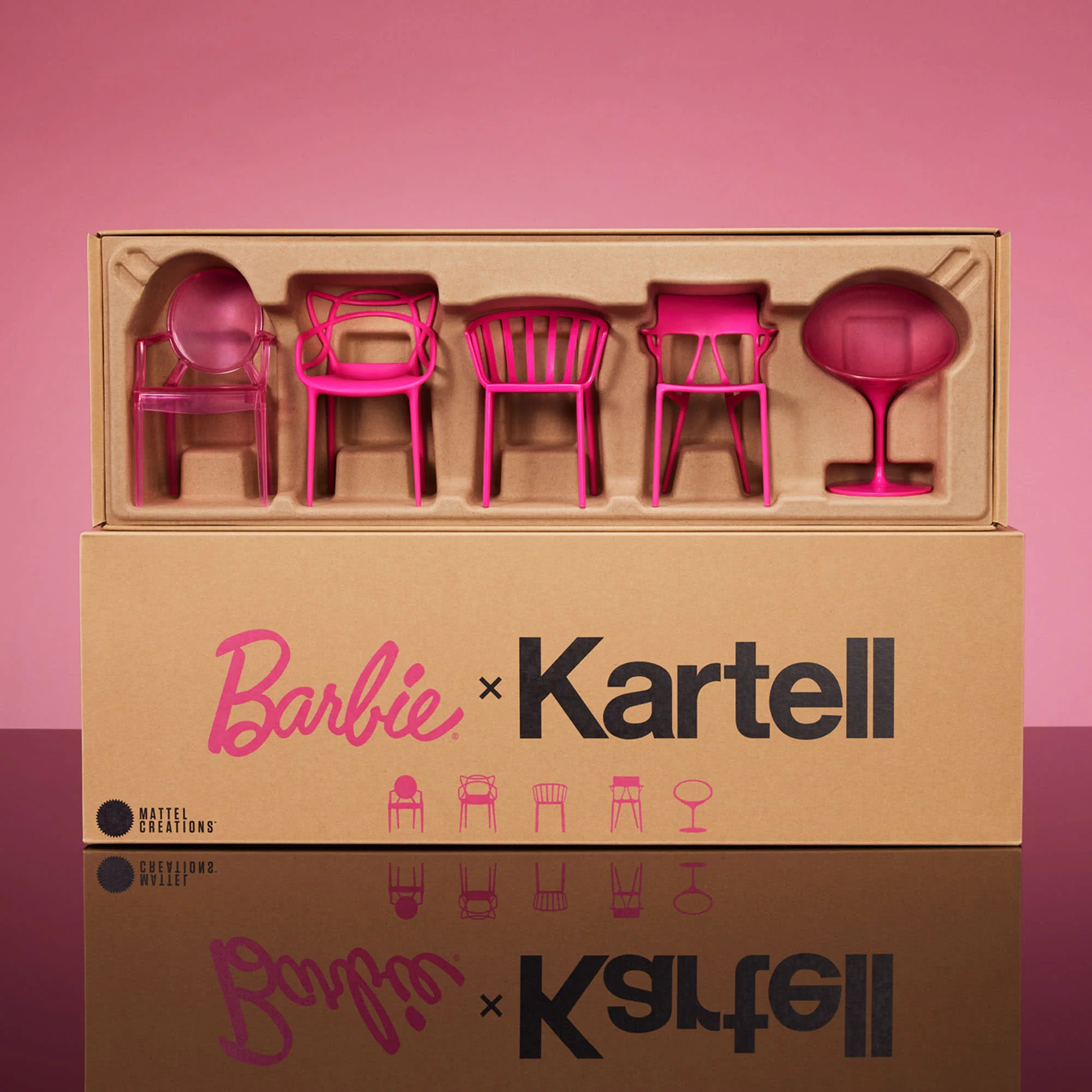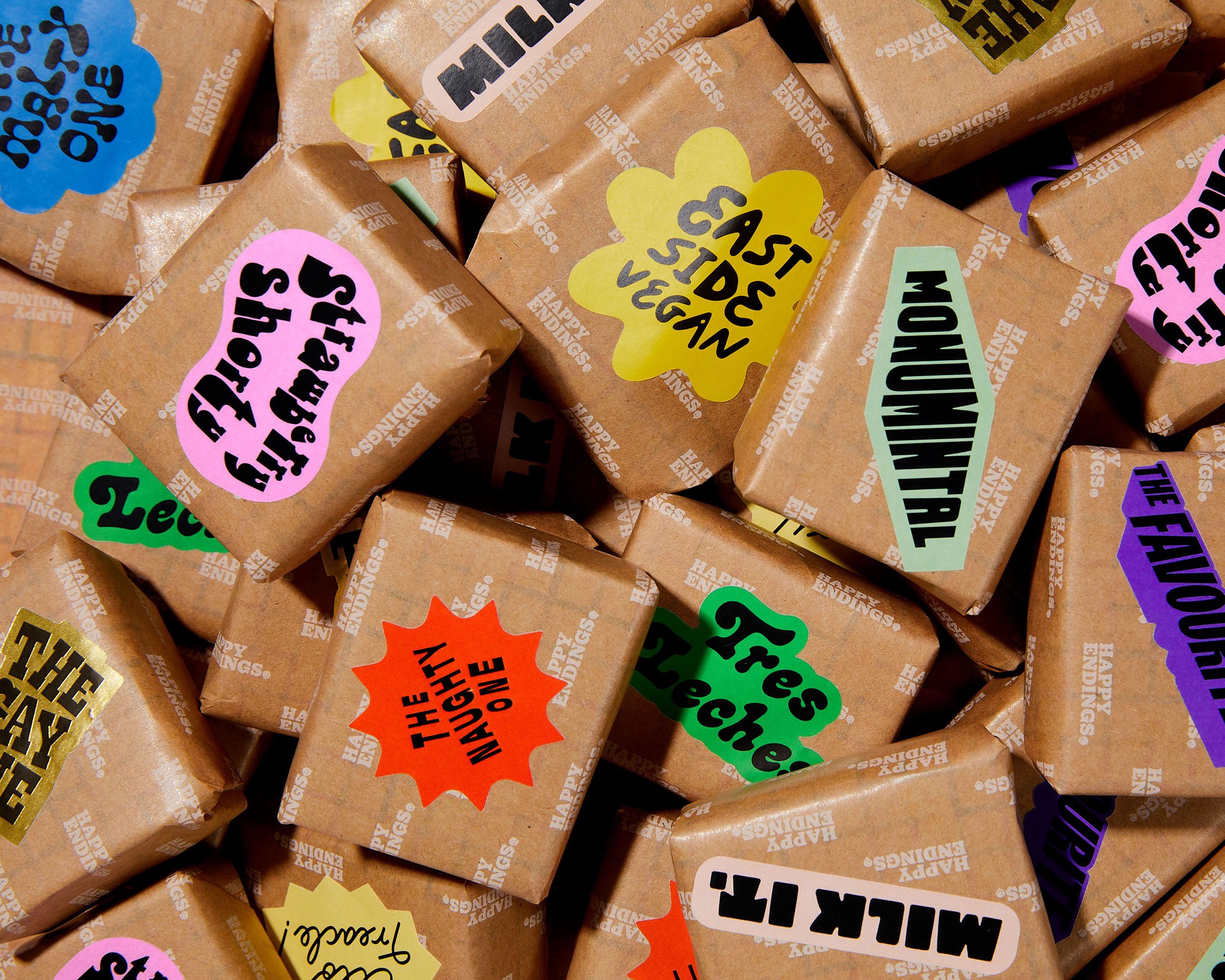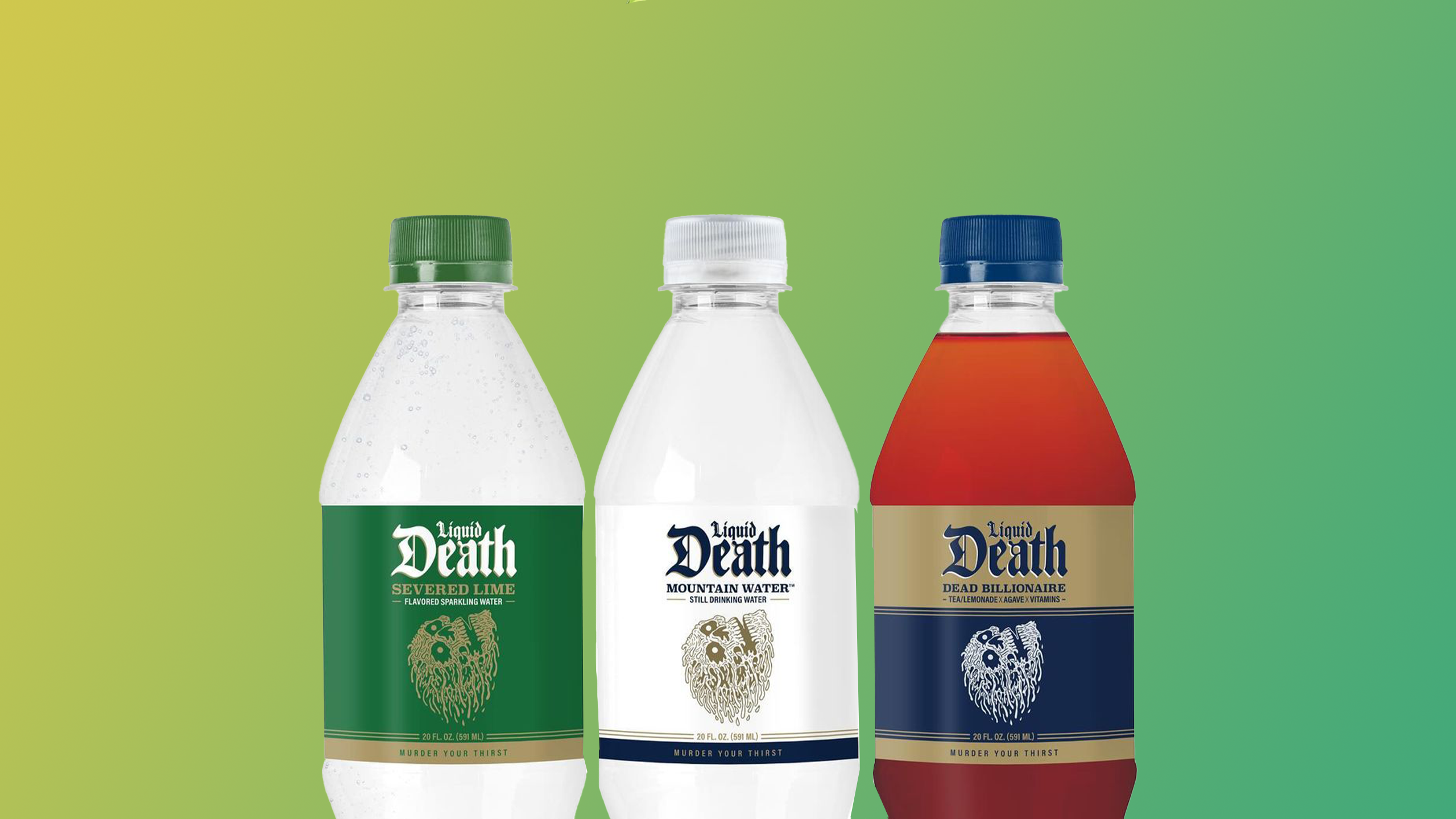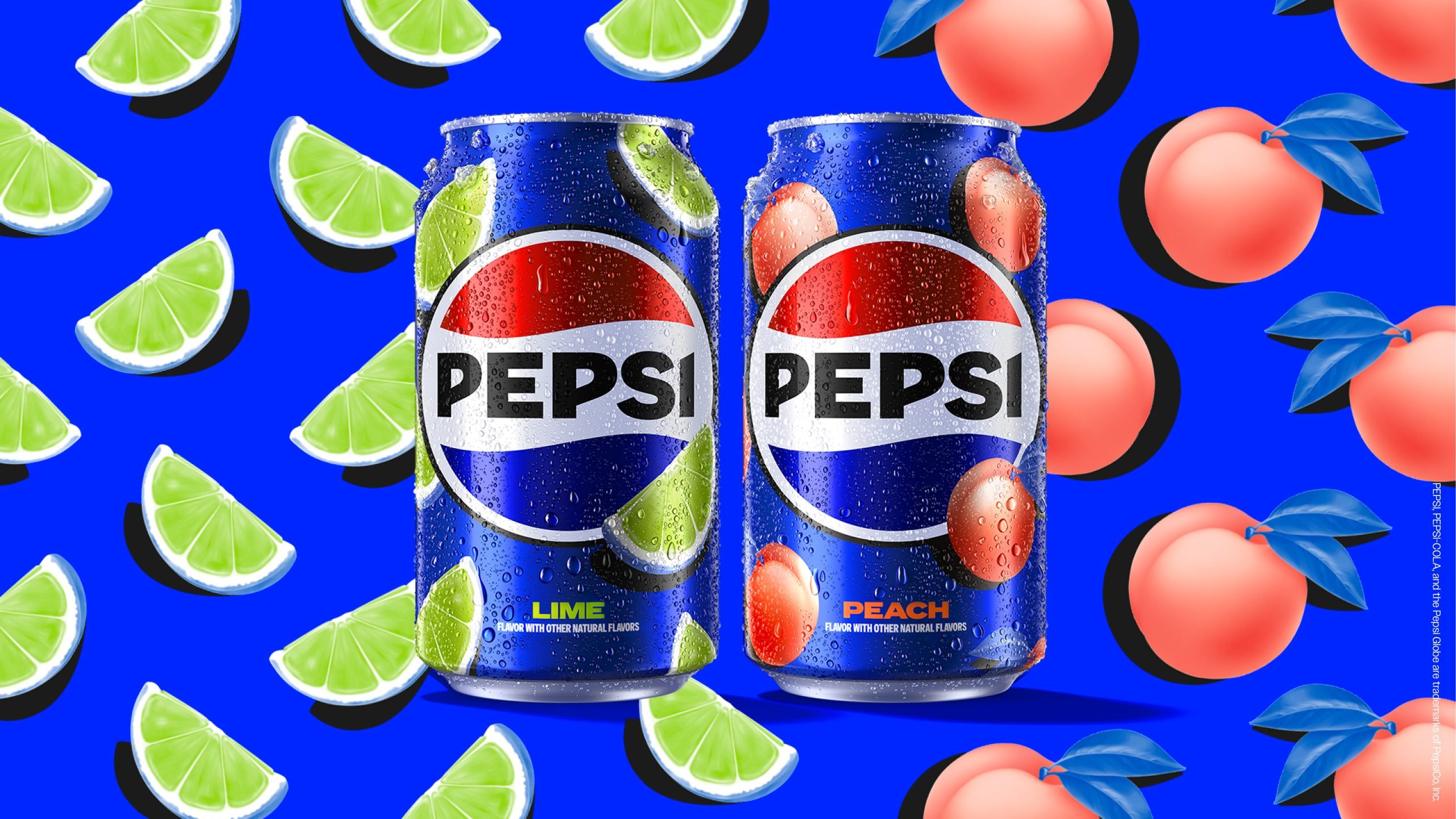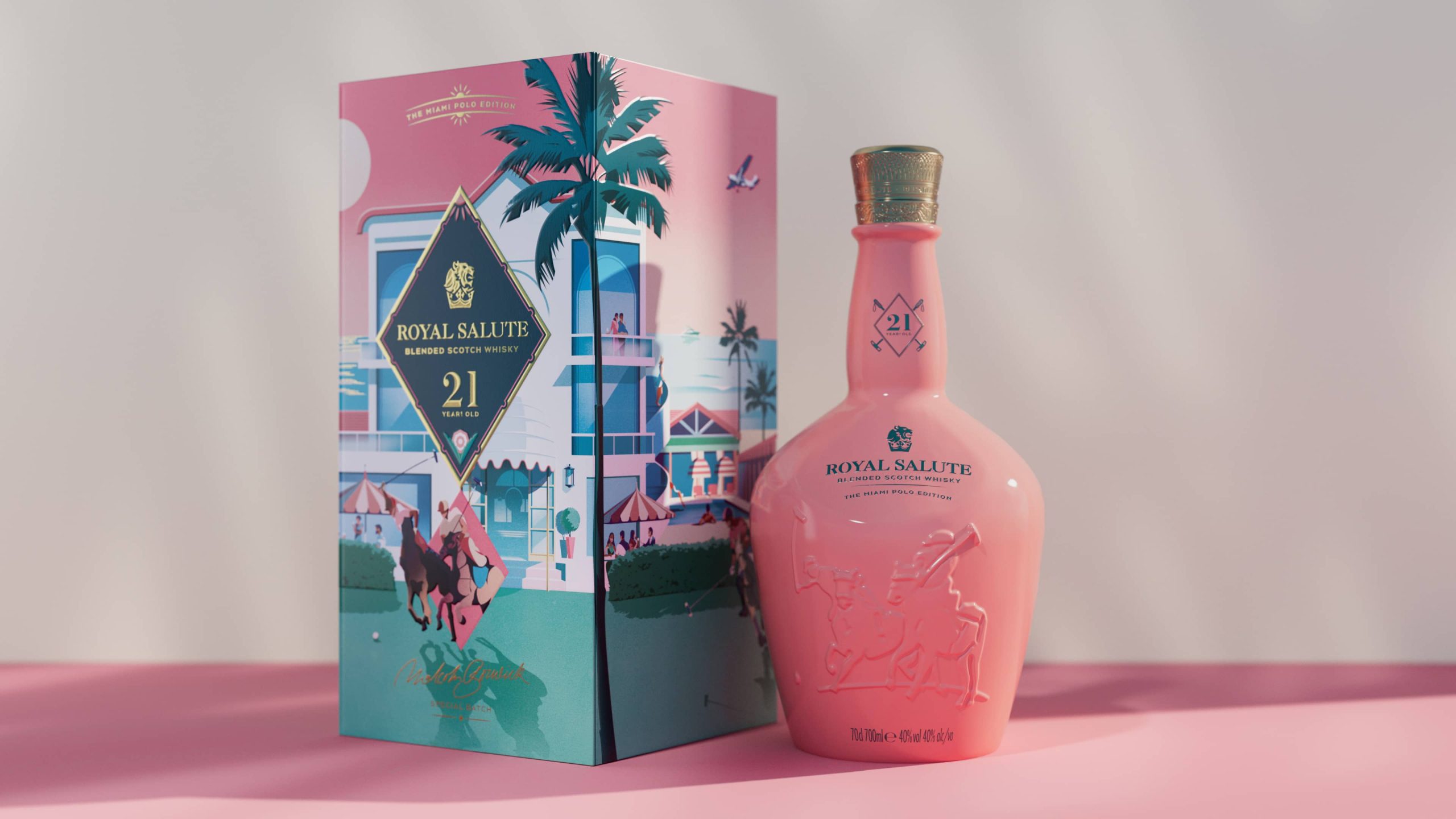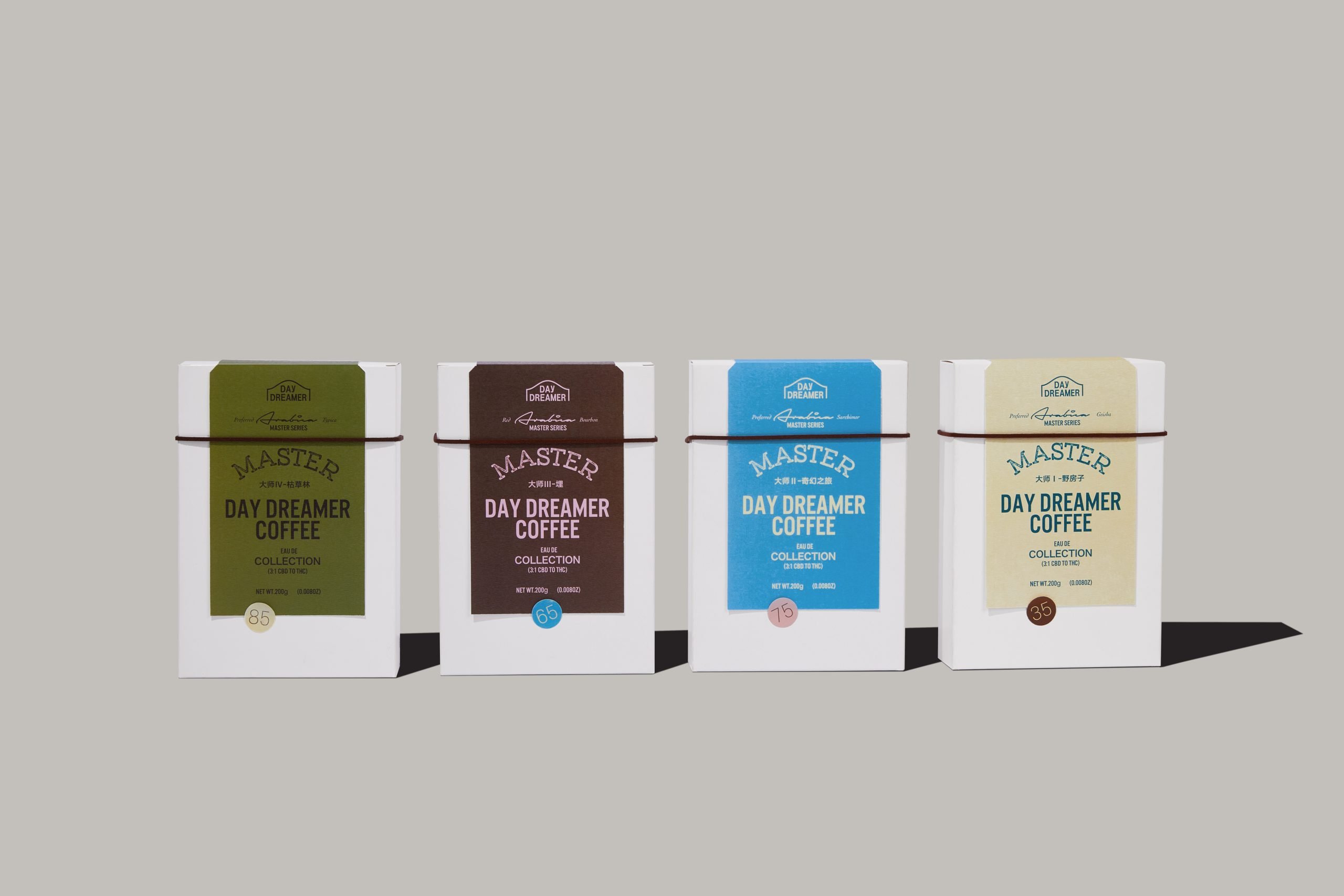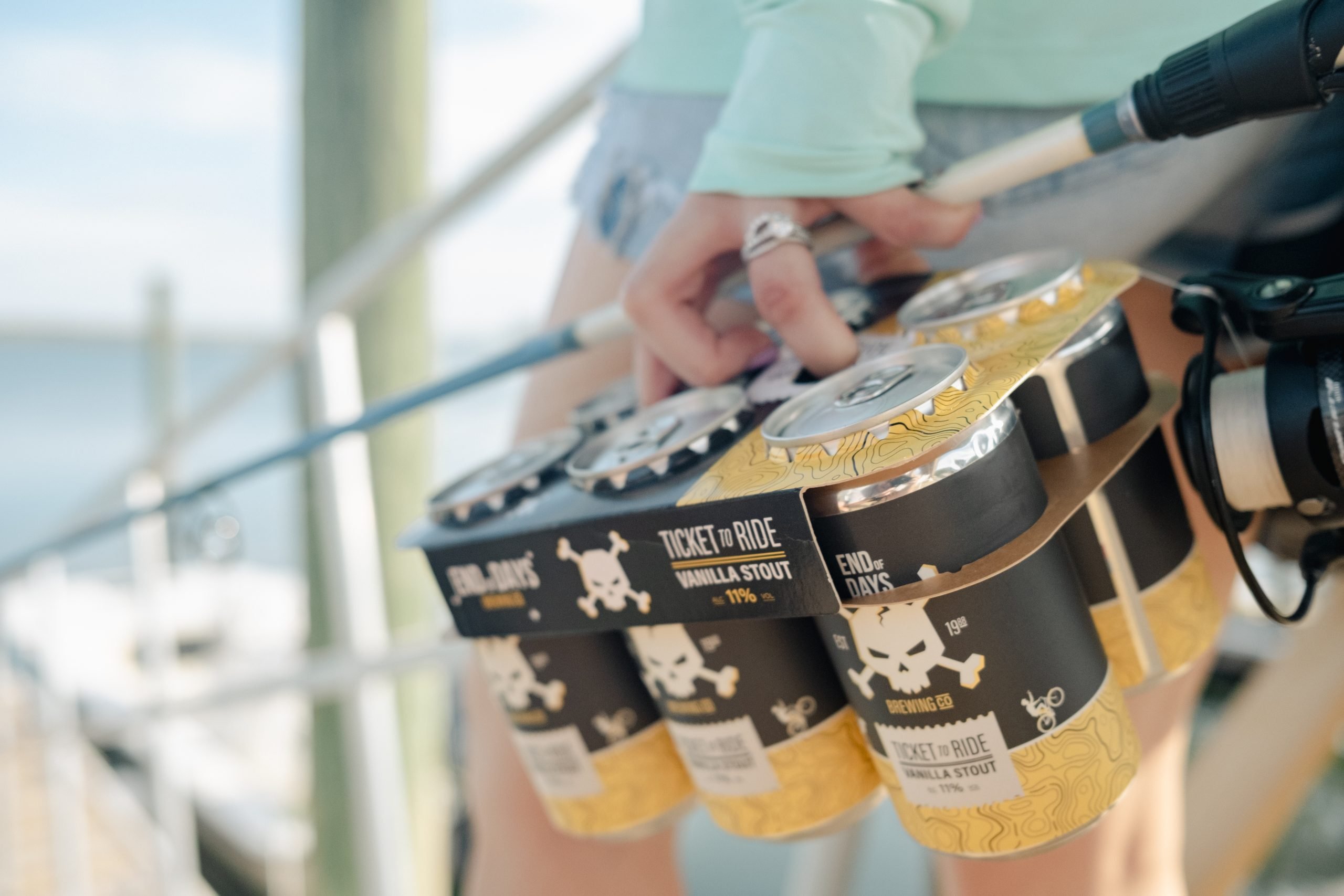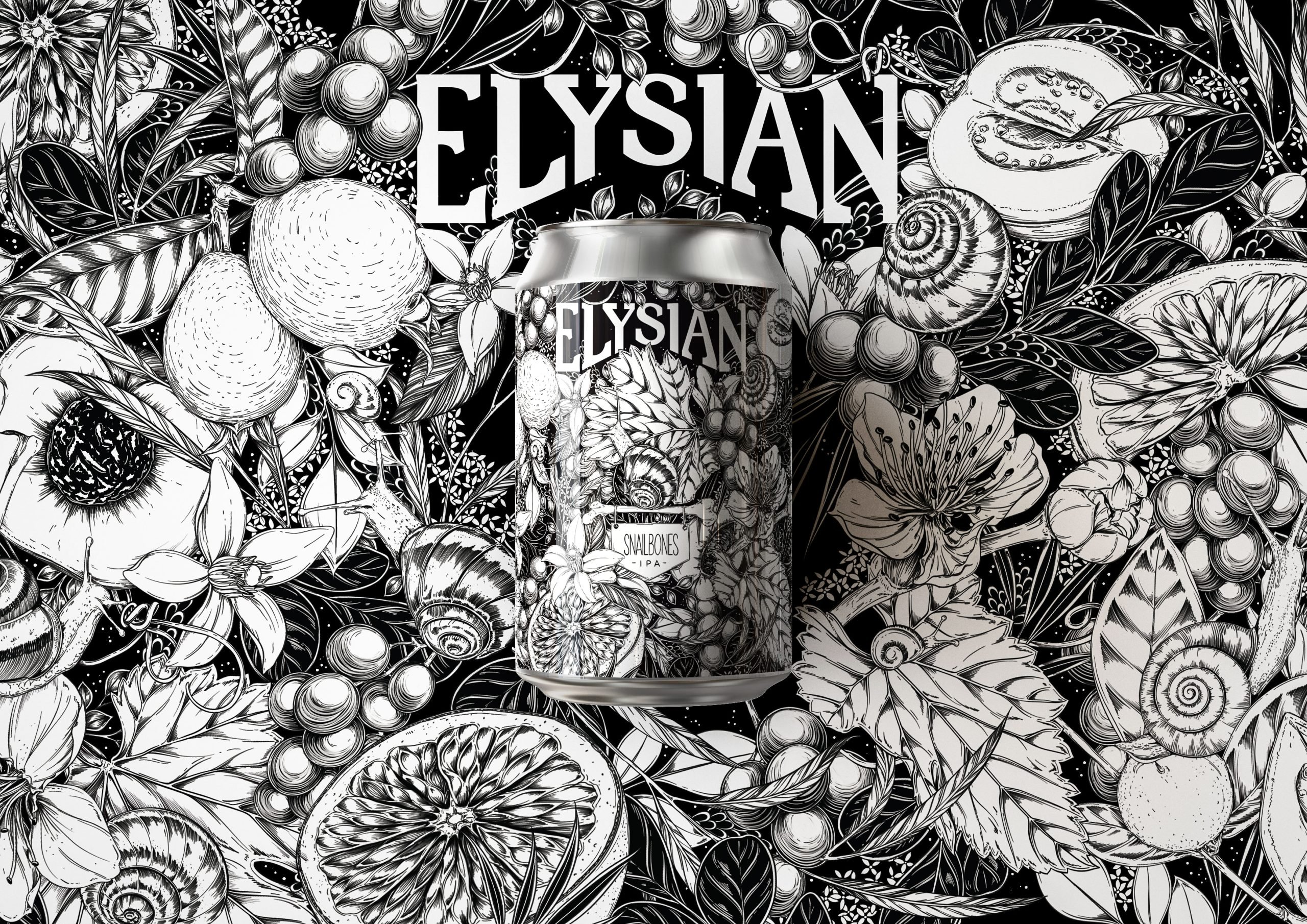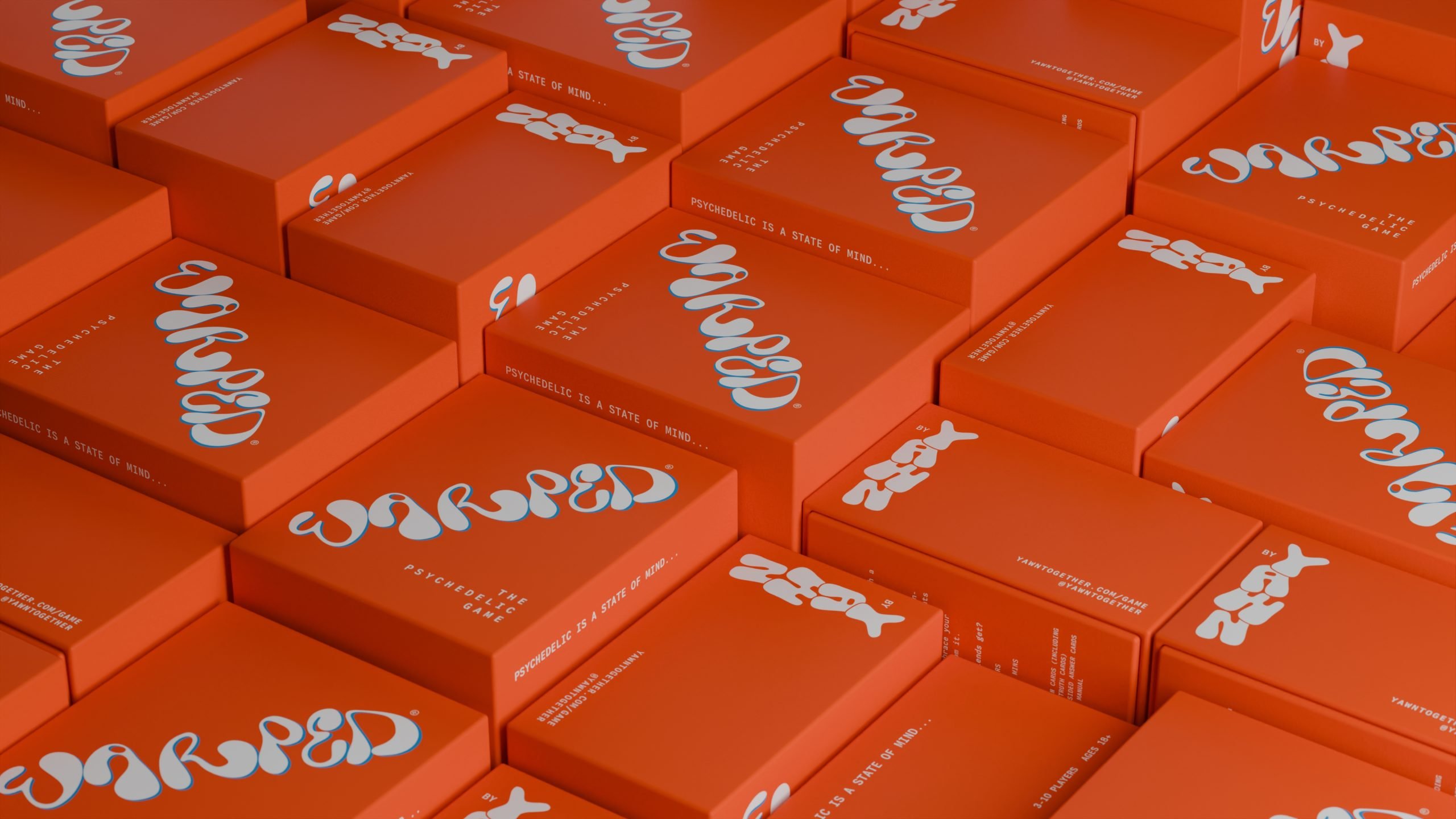London design company Carter Wong has completed the rebranding of an iconic ice cream product – the Cornetto. Created some fifty years ago, the brand is shaking off its roots as a seasonal, out of home treat to sit alongside snacks as something to enjoy at home and share any time of the year. The rebrand gives the product a more youthful appeal, aimed at a 14-25 year old market. The visual changes signal and support a range of innovations in the product and product range that will reposition the brand worldwide.
This placeholder is removed when the ad slot is configured.
This placeholder is removed when the ad slot is configured.
Credits
Add project credits with Dieline PRO | Log in
Explore more
This placeholder is removed when the ad slot is configured.
This placeholder is removed when the ad slot is configured.
This placeholder is removed when the ad slot is configured.
This placeholder is removed when the ad slot is configured.
This placeholder is removed when the ad slot is configured.
This placeholder is removed when the ad slot is configured.
